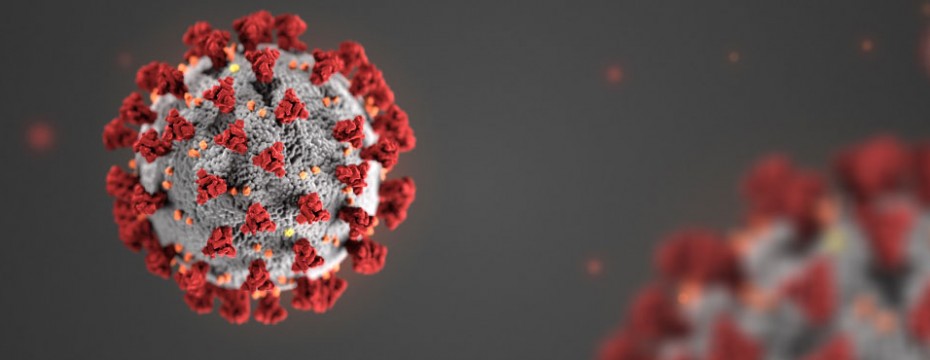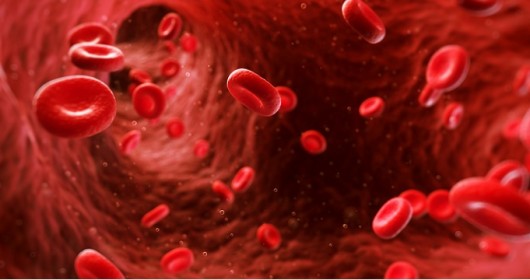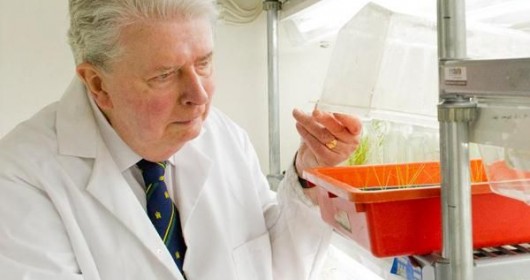This newsletter has always been about the future. Now the future has arrived. The novel coronavirus is a bright light shining on 2020, this world, our times. The real features of the economy, geopolitics, science, technology, and local governance have been revealed not just in the highlights, but also in the shadows.
For that reason, I’m popping up this newsletter for a season, with a slightly altered format. It will still contain five links, but with a bit more context. 5IT won’t be about coronavirus, but what coronavirus shows us about the moment we’re living in.
First, two links from The Atlantic that lay out where I believe this crisis is. My colleague Jim Hamblin wrote “You’re Likely to Get Coronavirus,” which makes the case that it is unlikely that the coronavirus will be neatly contained. The other is a short essay I wrote about the nature of the data emanating from the American government, and other world authorities. The US has undertested because of a variety of problems. That means our official numbers are wrong, and everyone who has been paying attention knows it. The upshot: there are probably already hundreds, if not thousands of cases of coronavirus in the US, even if our official tallies show nowhere near that number. Officials don’t know where all of them are, nor can they. The surveillance systems of the public health infrastructure failed. The faster people metabolize that reality, the better.
One more disclaimer: The disease that results from the virus will be mild for most people. This is not ebola, SARS< or MERS. But/and it also appears much more dangerous than the flu. Everyone says “don’t panic,” and that’s right of course. But the best analyses suggest that the outbreak in the US is much farther along than most people seem to think. Other countries are experiencing their own versions of these dilemmas from Milan to Tehran. Japan has closed schools for weeks. In American society, it’s hard to imagine a city, let alone a state, executing the Full Wuhan. So, what then?
How people understand and live in this future is what these 5IT editions will be about.
“I expect Seattle now to look like Wuhan around ~1 Jan, when they were reporting the first clusters of patients with unexplained viral pneumonia. We are currently estimating ~600 infections in Seattle, this matches my phylodynamic estimate of the number of infections in Wuhan on Jan 1. Three weeks later, Wuhan had thousands of infections and was put on large-scale lock-down. However, these large-scale non-pharmaceutical interventions to create social distancing had a huge impact on the resulting epidemic. China averted many millions of infections through these intervention measures and cases there have declined substantially.”
+ This work comes from the lab of Trevor Bedford, who studies viral evolution at the Fred Hutch in Seattle. Based on looking at individual strains of the virus, he’s been able to show with high confidence that the virus has been spreading in Seattle for weeks. That pulls Seattle six weeks or more into the timeline for other cities.
“The World Health Organization (WHO) has shipped testing kits to 57 countries. China had five commercial tests on the market 1 month ago and can now do up to 1.6 million tests a week; South Korea has tested 65,000 people so far. The U. S. Centers for Disease Control and Prevention (CDC), in contrast, has done only 459 tests since the epidemic began. The rollout of a CDC-designed test kit to state and local labs has become a fiasco because it contained a faulty reagent. Labs around the country eager to test more suspected cases—and test them faster—have been unable to do so. No commercial or state labs have the approval to use their own tests… ‘There have been blunders, and there could be an underlying catastrophe that we don’t know about,’ says epidemiologist Michael Mina, who helps run a microbiology testing lab at Brigham and Women’s Hospital.”
+ There was a German-designed test that was available, but the US went its own way, with disastrous results.
+ Expect to see two things as a result. First, the number of cases in the US will balloon and it will be hard to disambiguate the spread of the virus from improved testing coverage. Second, the tests are being rushed out and I’ve heard rumblings that scientists are worried about the validity of the tests. Expect to see more reporting on that and the original debacle.
“During the first quarter of 2020, cargo volumes at many U.S. ports are expected to go down by 20 percent or more compared to 2019 due to the impact of the coronavirus outbreak, according to the American Association of Port Authorities (AAPA)… In weeks 5-15 of 2020, carriers have voided a total of 111 sailings on the Transpacific, of which 48 were blanked due to COVID-19, and the remainder due to “normal” Chinese New Year capacity management, according to the data from Sea Intelligence.”
+ So the real question here is what this kind of supply disruption will mean for the average person sitting in Houston or Boise. And the answer is: uhhh. It’s possible that companies will prove resilient in minimizing actual product shortages and price hikes. But it’s worth saying: no one has ever tried to do an unplanned cut of 20% of the products and components coming out of Asia.
+ If you’d like to read someone try to think through the economic implications, Ryan Avent’s most recent edition of his newsletter, The Bellows, is very good.
“The Local Health Officer will inform elected officials regarding decisions made and implementation of social distancing strategies affecting their jurisdictions. Specific strategies that may be implemented by the Local Health Officer include:
- Notify government agencies and the private sector to implement emergency pandemic flu plans to reduce disease transmission in the workplace, educate and inform staff, and maintain critical business functions.
- Plans may include maximizing the use of telecommuting, flex schedules, and alternate work site options.
- Recommend that the public use public transit only for essential travel.
- Advise King County residents to defer non-essential travel to other areas of the country and the world affected by pandemic influenza outbreaks. Pandemic Flu Response Plan, 34
- Suspend public events where large numbers of people congregate including sporting events, concerts, and parades.
- Close one or more public or private schools, licensed child care centers.
- Implement measures to limit social interaction at libraries, houses of worship, colleges and universities.
- Close all theaters, community centers, and other places where large groups gather.
- Suspend government functions not involved in pandemic response or maintaining critical continuity functions.”
+ These plans are a cheat sheet for looking into the future of Seattle or your city. They tell you who will be making decisions, the likely menu of options decisionmakers have, and if you read between the lines, show you how coronavirus aligns or frustrates the assumptions of the plans.
“It rained the whole day on Jan. 10. We got up at around 7 a.m. and went back to the hospital. The doctors ran some tests and told us her throat was inflamed. But they couldn’t give her any medicine or injections because she was pregnant. It was already noon by the time they finished, so we decided to go home first, then head to Huanggang Women’s Hospital in the afternoon. I made my wife some millet porridge for lunch, but she could only manage a few bites.That afternoon, we went to Huanggang Women’s Hospital. The doctors there said the same thing: She was pregnant and couldn’t take medicine or receive shots. So we went back to the TCM hospital — this time to the respiratory clinic. By that point, my wife was having trouble breathing; she was weak and could barely walk. She was also experiencing chills.”
+ This account felt almost disturbingly intimate. The descriptions of meals made, the crowdfunding of health care, the frantic dialing of phone numbers. As my wife, Sarah Rich, observed: regular people all over the world are experiencing this outbreak as one big event that ties us all together. Could it be that there is a dark version of the “Overview Effect,” where human beings come to the realization that there really is only one earth, and we’re all linked by systems as big as the climate and as small as replicating molecules?
Expect more missives on this topic. I don’t think they’ll come every day, but there will be more. (Feel free to unsubscribe; I know it’s a format change.) For broader coverage, I think a few publications have been outstanding: Bloomberg for economic impact, STAT News on the public health and medicine fronts, Science Mag on the scientific aspects, and I think my own pub, The Atlantic, has been great across a variety of topics. Just sampling: Amanda Mull on telling people to stay home, Polly Price on the legal challenges of quarantine, historian Jeremy Brown on how coronavirus is not like the 1918 influenza pandemic, Olga Khazan on who should be avoiding crowds, and Sarah Zhang on why its so hard to stop touching your face.







Leave a Reply